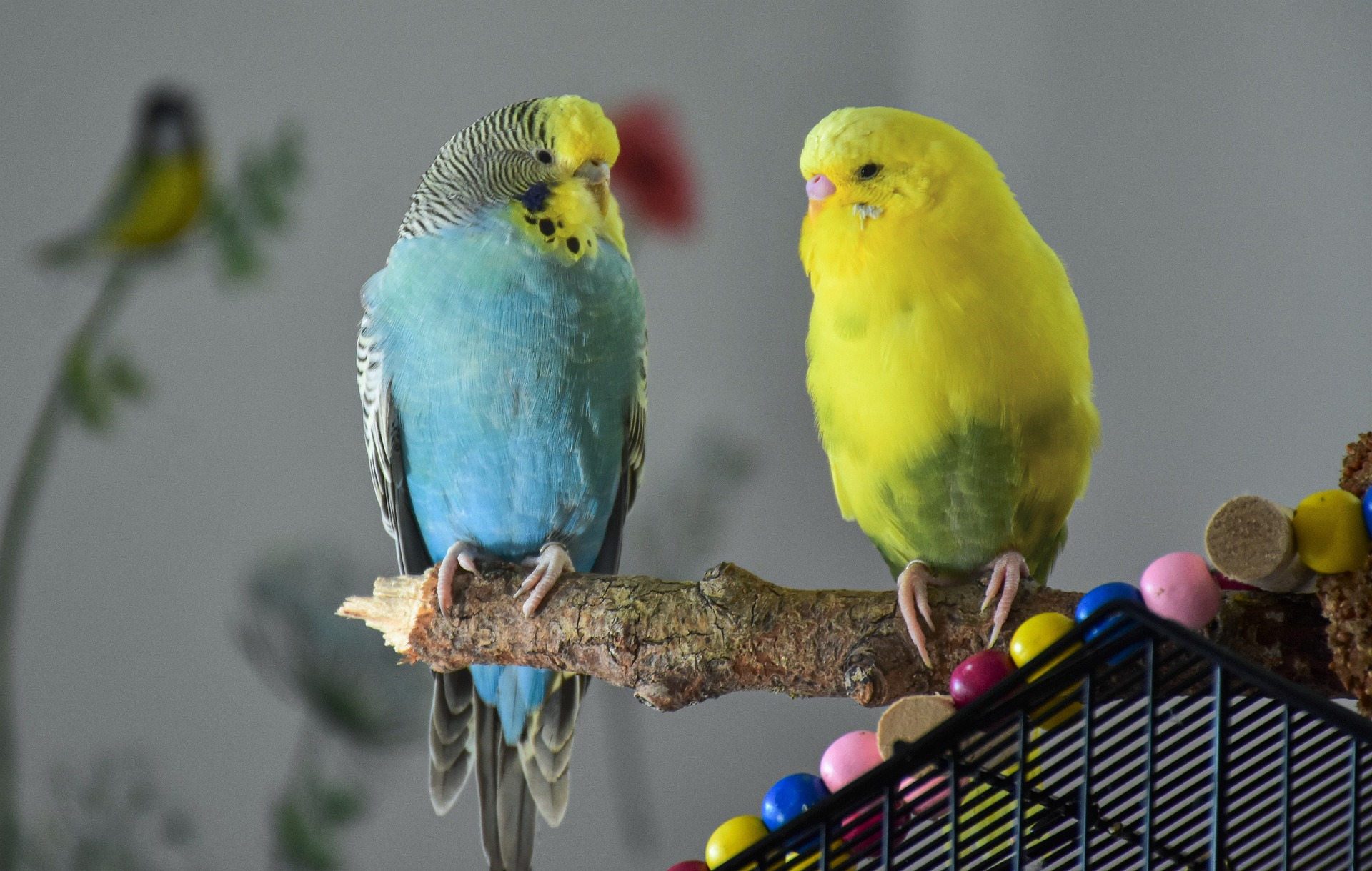Decoding Animal Emotions: How Pets Express Feelings
Introduction: Delving into the fascinating world of our pets, this article uncovers how animals express their emotions. A topic not widely explored, it offers a unique perspective, shedding light on how our furry friends communicate their feelings, and how understanding this can enhance our bond with them.

A Historical Perspective: The Study of Animal Emotions
The study of animal emotions was largely neglected until the 20th century, with the scientific community preferring to focus on observable behaviors rather than subjective states. However, progress in ethology, the study of animal behavior, combined with advancements in neuroscience, has allowed researchers to explore the emotional lives of animals more deeply. Today, it is widely accepted that many animals, including pets, experience a range of emotions, from joy and happiness to fear and anxiety.
Current Research Findings: Animals Do Have Emotions
Recent studies have provided compelling evidence that animals experience emotions. For instance, dogs have been observed to show jealousy when their owners give attention to other dogs, while rats have been found to exhibit empathy by freeing trapped companions. These findings challenge the outdated notion that animals are purely instinct-driven and pave the way for a more nuanced understanding of their emotional lives.
Pet Products Reflecting Animal Emotional Needs
Recognizing the emotional needs of pets, many companies have introduced products designed to cater to them. For example, anxiety wraps for dogs suffering from stress and interactive toys for cats to prevent boredom are now readily available. These products vary in price, but their growing popularity indicates a shift in pet care, emphasizing not just physical health but emotional well-being too.
Understanding Your Pet’s Emotions: A Balanced Approach
Understanding your pet’s emotions can deepen your bond and improve their overall well-being. However, it’s important to balance this understanding with a recognition of the differences between human and animal emotions. Animals, while capable of feeling, may not experience emotions in the same way we do. Being aware of this can prevent misinterpretations and ensure we meet our pets’ needs effectively.
The Future: Embracing the Emotional Lives of Pets
The future of pet care lies in acknowledging and responding to the emotional needs of animals. As more research is conducted and our understanding deepens, we can expect an evolution in pet care practices and products. It is an exciting time for pet owners, as we learn to connect with our pets in more meaningful ways.
In conclusion, understanding the emotional lives of pets is a growing field of interest, with promising potential to enhance the bond between humans and animals. As we continue to explore this fascinating topic, we are reminded of the complexity and depth of our pets’ inner lives, and the importance of acknowledging and responding to their emotional needs.



